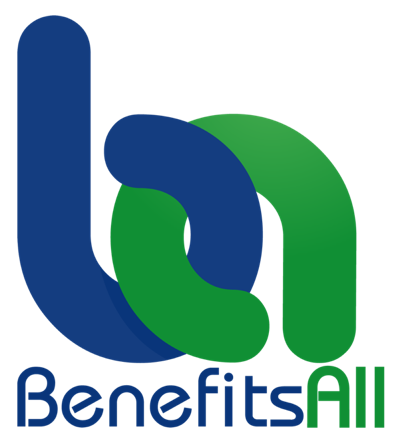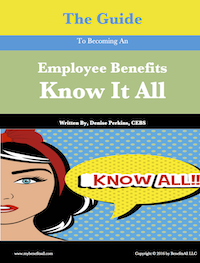Stop Making the Same Benefit Plan Communication Mistakes
September 30, 2014
Effective communication is the Achilles’ heel of the employee benefit profession. And while it is not entirely the professions fault that their efforts to inform are failing, it is its responsibility to turn failure into success. Some HR departments pull out all the stops to meet this challenge, developing innovative, award winning, hip and engaging programs. But do their efforts bear fruit? The latest employee benefits education and engagement surveys and polls suggest otherwise.
Condemned to Repeat It…
So much effort goes into developing employee benefits information that it is hard for some HR benefit pros to imagine that their work is not well-received. They spend hours drafting the perfect benefit plan memos, letters, booklets and brochures. They spend weeks and months creating and recreating benefit material for websites, intranets and social media sites. Once per year they host open enrollment meetings and fairs using the same information.
And that is the root of the problem with benefits communication—the same old stuff each year. The same open enrollment announcement memo… The same look to the benefit plan portal and website… The same approach…
This “same” way of communicating sends a subconscious message to the receiver that they too should stay the same. And many of them do keep the same health plan year after year. In fact, over the last decade, fewer workers change health plans during open enrollment.
Communication Challenges Remain
Benefit pros are not doing everything wrong when it comes to employee benefit communication. They face several challenges not of their making, including:
- Confusing health insurance jargon
- Disinterested workers
- Tepid upper management support
- Resource constraints
Benefits Communication Strategies for Today’s Workers
A benefits communication strategy can contain general information provided to all workers, but it also needs targeted and specific elements. In addition, it needs a little jazz and a lot of flexibility. The point is to mix it up and abandon strategies that do not work.
- A friendly avatar to walk workers through Benefits Land is a very cool approach, but may not appeal to everyone or anyone
- An employee benefits game of Life that rewards workers as they “go through” the benefits material may appeal to everyone because who doesn’t like free stuff
- A live televised benefits discussion, like those Sunday morning shows but on a weekday, that includes actual workers
- Schedule twice per day video chats and make recorded versions available for non-attendees
- Create profiles with varying health care needs, based on actual claims experience, and suggests the best possible plan (with disclaimer, of course)
- Send a benefits announcement to workers’ homes (some workers will always want hardcopy information no matter how much technology changes)
- Trim down all communications by at least one third
- Identify workers who serve as unofficial employee benefit experts and get their input on communication materials
Conclusion
Employee benefit professionals are often guilty of creating benefit plan communication materials that only they understand. And despite evidence that employees still don’t get “it”, they continue to “revise” the same old material every year. But if they want to successfully communicate the programs they administer, they are going to have to try some new and exciting strategies, as well as update some old ones.
blog comments powered by Disqus


 Denise Perkins
Denise Perkins




